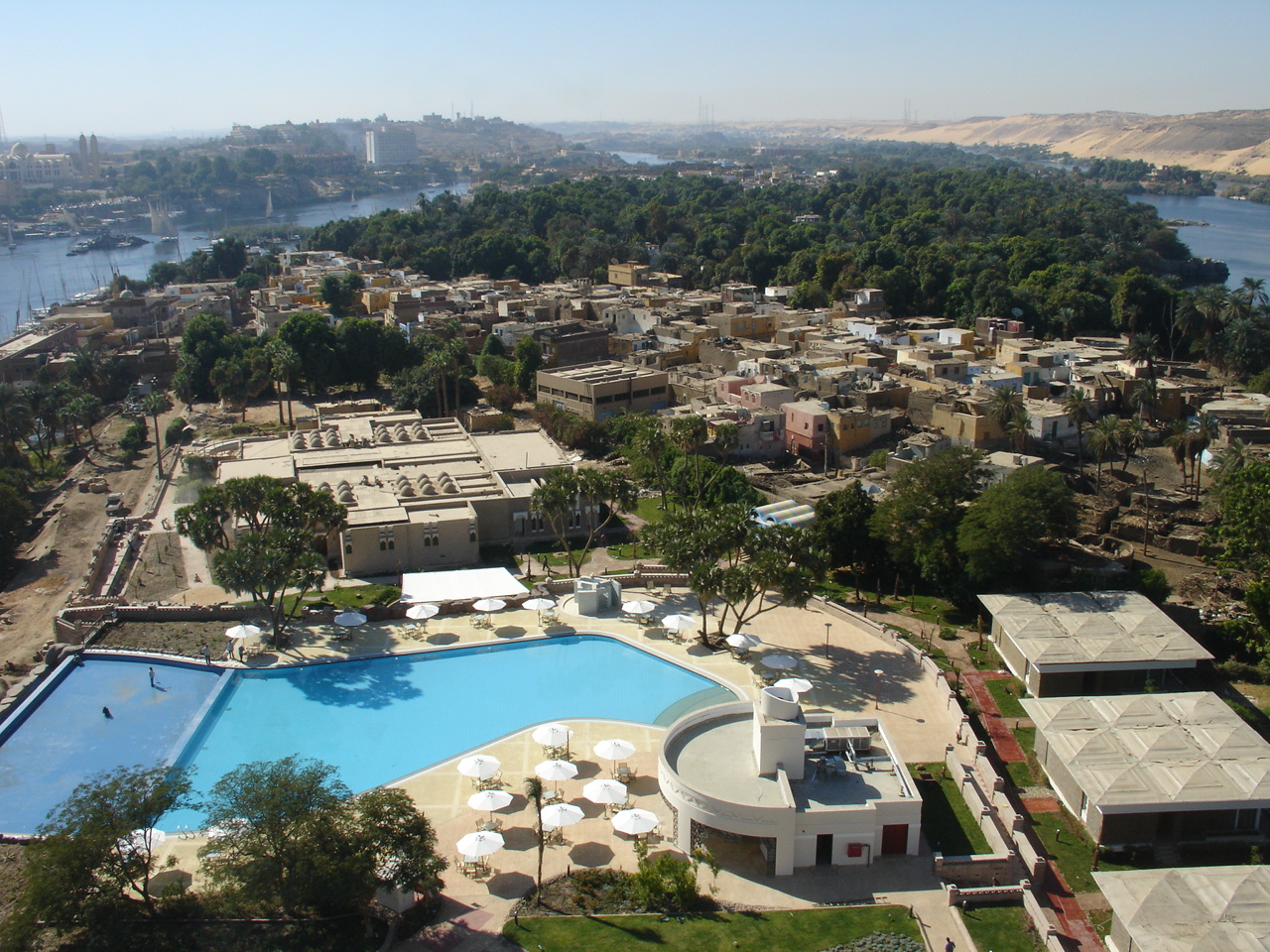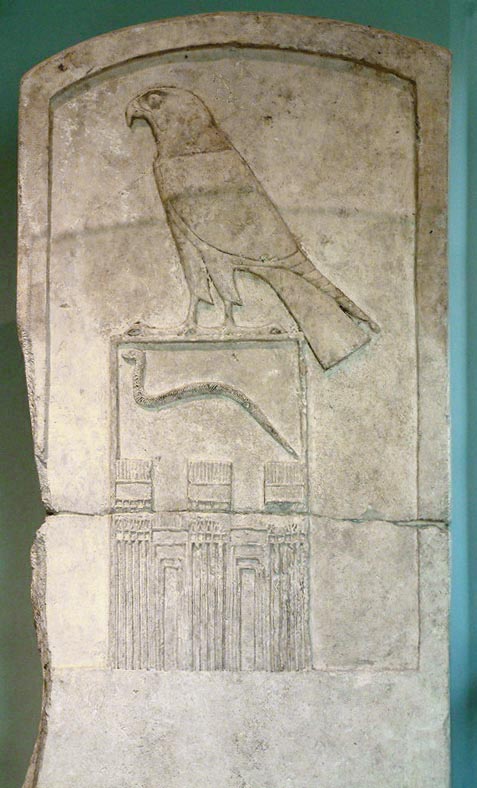|
Djeseretnebti
Djeseretnebti (or Djeseret-Ankh-Nebti) is possibly the name of an ancient Egyptian queen. Since this name appears without any queen‘s title, Egyptologists dispute the true meaning and reading of this name. Evidence The name ''Djeseret-Nebti'' or ''Djeseret-Ankh-Nebti'' appears on ivory cloth labels, found in the underground galleries beneath the pyramid of the 3rd Dynasty king (pharaoh) Sekhemkhet at Saqqara. It is written with the common ''nebti''-crest, but not with any personal title that could identify whether the person was a member of Egyptian royalty or that it was even a name. Egyptologists like Toby Wilkinson and Zakaria Goneim read the inscription as ''Djeser-Ti'' and identify it with the cartouche-name of the pharaoh Djeser Teti of the Abydos King List.Toby Wilkinson: ''Early Dynastic Egypt''. Routledge, London/New York 1999, , p 98. Wolfgang Helck, Peter Kaplony and Jean-Pierre Pätznik instead read the name as ''djeseret-ankh-nebti'' (‘the noble one who live ... [...More Info...] [...Related Items...] OR: [Wikipedia] [Google] [Baidu] |
Sekhemkhet
Sekhemkhet (also read as Sechemchet) was an ancient Egyptian king (pharaoh) of the 3rd Dynasty during the Old Kingdom. His reign is thought to have been from about 2648 BC until 2640 BC. He is also known under his later traditioned birth name Djoser-tety and under his Hellenized name Tyreis (by Manetho; derived from ''Teti'' in the Abydos King List). Sekhemkhet was probably the brother or eldest son of king Djoser. Little is known about this king, since he ruled for only a few years. However, he erected a step pyramid at Saqqara and left behind a well known rock inscription at Wadi Maghareh (Sinai Peninsula). Reign The duration of Sekhemkhet's reign is believed to have been six to seven years. The royal Turin Canon attributes six years of reign to Sekhemkhet, a figure also proposed by Myriam Wissa based on the unfinished state of Sekhemkhet's pyramid. Using his reconstruction of the Palermo Stone (5th Dynasty), Toby Wilkinson assigns seven years to this king. This figur ... [...More Info...] [...Related Items...] OR: [Wikipedia] [Google] [Baidu] |
Third Dynasty Of Egypt
The Third Dynasty of ancient Egypt (Dynasty III) is the first dynasty of the Old Kingdom. Other dynasties of the Old Kingdom include the Fourth, Fifth and Sixth. The capital during the period of the Old Kingdom was at Memphis. Overview After the turbulent last years of the Second Dynasty, which might have included civil war, Egypt came under the rule of Djoser, marking the beginning of the Third Dynasty.Dodson, Hilton, ''The Complete Royal Families of Ancient Egypt'', 2004 Both the Turin King List and the Abydos King List record five kings,Toby A.H. Wilkinson, ''Early Dynastic Egypt'', Routledge, 2001 while the Saqqara Tablet only records four, and Manetho records nine,Aidan Dodson: ''The Layer Pyramid of Zawiyet el-Aryan: Its Layout and Context.'' In: ''Journal of the American Research Center in Egypt (JARCE)'', No. 37 (2000). American Research Center (Hg.), Eisenbrauns, Winona Lake/Bristol 2000, , pp. 81–90. many of whom did not exist or are simply the same king un ... [...More Info...] [...Related Items...] OR: [Wikipedia] [Google] [Baidu] |
Ivory
Ivory is a hard, white material from the tusks (traditionally from elephants) and teeth of animals, that consists mainly of dentine, one of the physical structures of teeth and tusks. The chemical structure of the teeth and tusks of mammals is the same, regardless of the species of origin, but ivory contains structures of mineralised collagen. The trade in certain teeth and tusks other than elephant is well established and widespread; therefore, "ivory" can correctly be used to describe any mammalian teeth or tusks of commercial interest which are large enough to be carved or scrimshawed. Besides natural ivory, ivory can also be produced synthetically, hence (unlike natural ivory) not requiring the retrieval of the material from animals. Tagua nuts can also be carved like ivory. The trade of finished goods of ivory products has its origins in the Indus Valley. Ivory is a main product that is seen in abundance and was used for trading in Harappan civilization. Finished iv ... [...More Info...] [...Related Items...] OR: [Wikipedia] [Google] [Baidu] |
Buried Pyramid
The Buried Pyramid (also called the Pyramid of Sekhemkhet) is an unfinished step pyramid constructed c. 2645 BC for Sekhemkhet Djoserty. He was the second pharaoh of the Third Dynasty of Ancient Egypt, which reigned over Egypt circa 2686–2613 BC and is usually placed at the beginning of the Old Kingdom of Egypt. Many historians believe that the third dynasty played an important role in the transition from Early Dynastic Period of Egypt to the Age of the Pyramids. The pyramid may be visited, but the public is not allowed access to the base and substructures. Sekhemkhet Djoserty was also the successor to the better-known pharaoh Djoser, who was buried in his famous step pyramid at Saqqara. The buried pyramid was originally modelled after Djoser's step pyramid and is located several hundred metres southwest. It is also arguable that the pyramid of Sekhemkhet was originally designed to surpass the step pyramid of Djoser but barely made it above ground level and hence wa ... [...More Info...] [...Related Items...] OR: [Wikipedia] [Google] [Baidu] |
Pharaoh
Pharaoh (, ; Egyptian: '' pr ꜥꜣ''; cop, , Pǝrro; Biblical Hebrew: ''Parʿō'') is the vernacular term often used by modern authors for the kings of ancient Egypt who ruled as monarchs from the First Dynasty (c. 3150 BC) until the annexation of Egypt by the Roman Empire in 30 BC. However, regardless of gender, "king" was the term used most frequently by the ancient Egyptians for their monarchs through the middle of the Eighteenth Dynasty during the New Kingdom. The term "pharaoh" was not used contemporaneously for a ruler until a possible reference to Merneptah, c. 1210 BC during the Nineteenth Dynasty, nor consistently used until the decline and instability that began with the Twenty-Fifth Dynasty. In the early dynasties, ancient Egyptian kings had as many as three titles: the Horus, the Sedge and Bee ( ''nswt-bjtj''), and the Two Ladies or Nebty ( ''nbtj'') name. The Golden Horus and the nomen and prenomen titles were added later. In Egyptian society, ... [...More Info...] [...Related Items...] OR: [Wikipedia] [Google] [Baidu] |
Saqqara
Saqqara ( ar, سقارة, ), also spelled Sakkara or Saccara in English , is an Egyptian village in Giza Governorate, that contains ancient burial grounds of Egyptian royalty, serving as the necropolis for the ancient Egyptian capital, Memphis. Saqqara contains numerous pyramids, including the Step pyramid of Djoser, sometimes referred to as the Step Tomb, and a number of mastaba tombs. Located some south of modern-day Cairo, Saqqara covers an area of around . Saqqara contains the oldest complete stone building complex known in history, the Pyramid of Djoser, built during the Third Dynasty. Another sixteen Egyptian kings built pyramids at Saqqara, which are now in various states of preservation. High officials added private funeral monuments to this necropolis during the entire Pharaonic period. It remained an important complex for non-royal burials and cult ceremonies for more than 3,000 years, well into Ptolemaic and Roman times. North of the area known as Saqqara ... [...More Info...] [...Related Items...] OR: [Wikipedia] [Google] [Baidu] |
Elephantine
Elephantine ( ; ; arz, جزيرة الفنتين; el, Ἐλεφαντίνη ''Elephantíne''; , ) is an island on the Nile, forming part of the city of Aswan in Upper Egypt. The archaeological sites on the island were inscribed on the UNESCO World Heritage List in 1979 along with other examples of Upper Egyptian architecture, as part of the " Nubian Monuments from Abu Simbel to Philae" (despite Elephantine being neither Nubian, nor between Abu Simbel and Philae). Geography Elephantine is from north to south, and is across at its widest point. The layout of this and other nearby islands in Aswan can be seen from west bank hillsides along the Nile. The island is located just downstream of the First Cataract, at the southern border of Upper Egypt with Lower Nubia. This region above is referred to as Upper Egypt because it is further up the Nile. The island may have received its name after its shape, which in aerial views is similar to that of an elephant tusk, or from the r ... [...More Info...] [...Related Items...] OR: [Wikipedia] [Google] [Baidu] |
Horus Name
The Horus name is the oldest known and used crest of ancient Egyptian rulers. It belongs to the " great five names" of an Egyptian pharaoh. However, modern Egyptologists and linguists are starting to prefer the more neutral term: the "serekh name". This is because not every pharaoh placed the falcon, which symbolizes the deity Horus, atop his (or in some cases, her) serekh. Heraldic appearance The picture of the Horus name is made of two basic elements: A sitting or walking figure of a certain deity holds a rectangular, ornamental vignette, imitating the floor plan of a palace facade and the royal courtyard. The rectangular vignette is called ''serekh'', after the Egyptian word for "facade". There are countless variations of the facade decor in the serekh. The complexity and detail of the facade decor varied remarkably depending on the object on which it was present. It seems that no strict artistic rules for the design of the serekh itself existed. The name of the pharaoh wa ... [...More Info...] [...Related Items...] OR: [Wikipedia] [Google] [Baidu] |
Ancient Egyptian Royal Titulary
The royal titulary or royal protocol is the standard naming convention taken by the pharaohs of ancient Egypt. It symbolised worldly power and holy might, also acting as a sort of mission statement for the duration of a monarch's reign (although sometimes it even changed during the reign). The full titulary, consisting of five names, did not come into standard usage until the Middle Kingdom but remained in use as late as the Roman Empire. Origins In order that the pharaoh, who held divine office, could be linked to the people and the gods, special epithets were created for them at their accession to the throne. These titles also served to demonstrate one's qualities and link them to the terrestrial realm. The five names were developed over the centuries beginning with the Horus name. This name identified the figure as a representative of the god Horus. The Nebty name was the second part of the royal titular of Upper and Lower Egypt. This name placed the king under the protect ... [...More Info...] [...Related Items...] OR: [Wikipedia] [Google] [Baidu] |







